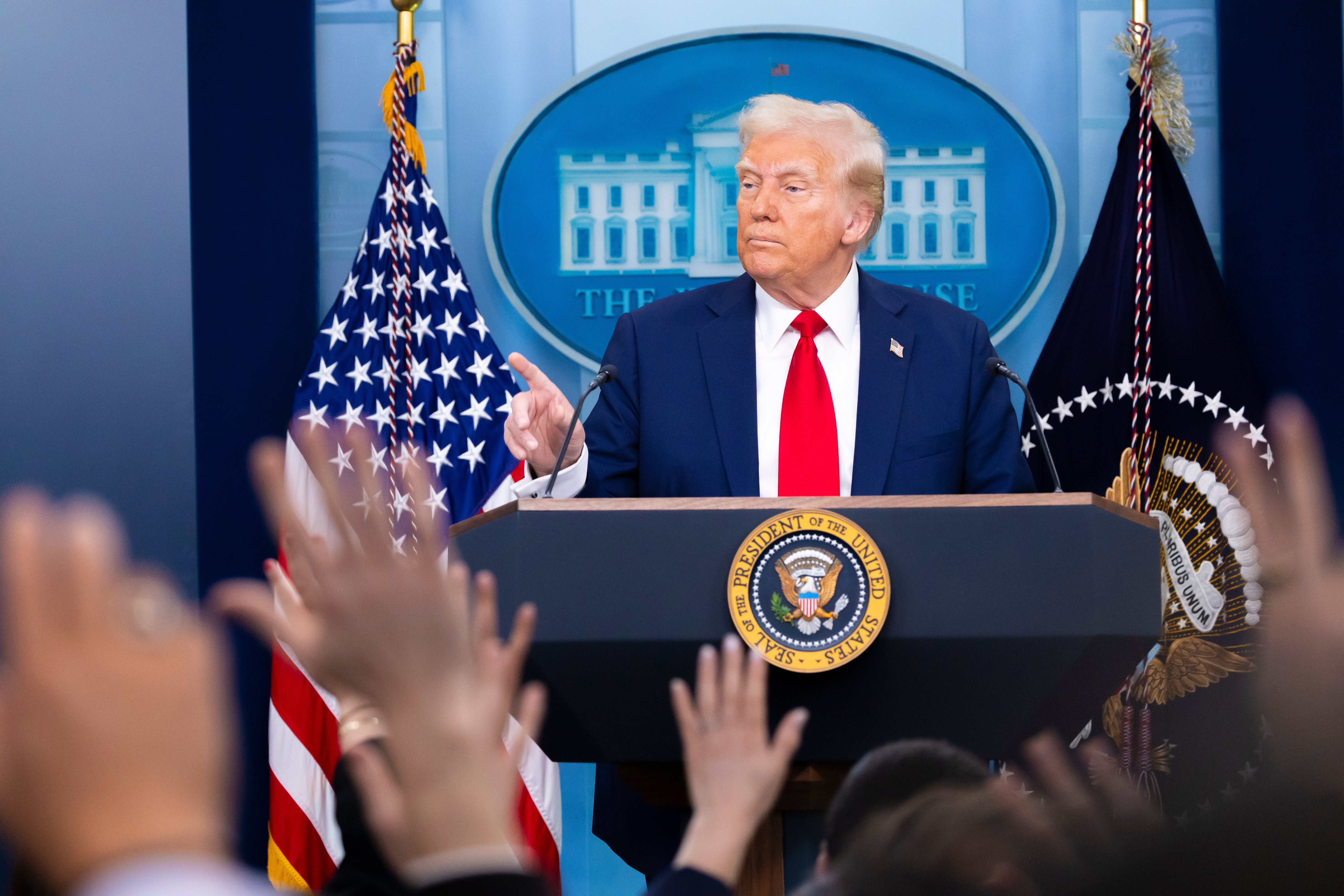Written by Ethan Mort, Josh Fried, Meaghan Walsh, Nate Schwartz, & Sydney Beckham
After the 2020 election and redistricting process, a renewed focus on election oversight swept the nation. Leading up to the 2022 Midterms, news articles discussed the heightened importance of state legislatures. Even President Biden himself discussed the importance of state legislature elections and helped fundraise for his party’s candidates. This heightened sense of urgency behind state legislature races across the nation led to an increased amount of state legislature spending from both parties.
In 2020, there was $5B in non-State Legislature spending and $306M in State Legislature spending. In 2020, those numbers $4B and $312M. Meaning that despite a decrease in overall general election spending from 2020, state legislature elections saw $6M more compared to last cycle. In 2020, Democrats outspent Republicans in state legislature elections by $31M, and this year they expanded that to $46M. This cycle, Illinois ($56M), Michigan ($50M), and Florida ($42M) saw the most state legislative spending. While Florida saw the most state legislative spending in 2020, Michigan and Illinois saw the biggest spending percentage increases in spending between 2020 and 2022: Michigan saw a 202% increase while Illinois saw a 122% increase.

Illinois and Michigan–States That Saw the Most State Legislature Spending
Illinois saw the most state legislature spending in the country for the 2022 election cycle. Across Illinois, $56M was spent between 34 State House districts and 16 State Senate districts. Democrats outspent Republicans by a ratio of about 10:1 in the state.
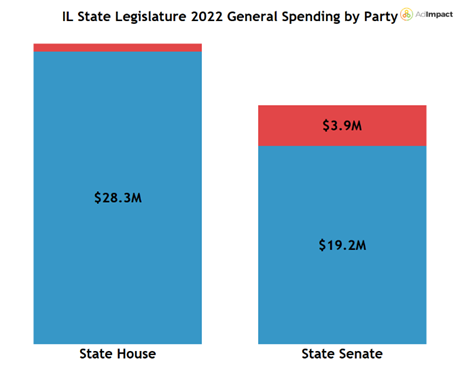
In the State House, Democrats retained the same number of seats from 2020, a 73-45 super-majority. Of the fifteen State House elections that saw over $1M in spending, twelve were in the Chicagoland area; Democrats swept all twelve. In the State Senate, there were six high-profile elections, each saw north of $2.6M spent. No other Illinois State Senate election saw more than $300K.

Democrats won five of these six elections, with IL SD-56 being the lone Republican win. Erica Harriss, the Republican candidate in IL SD-56, was one of only two Republican candidates in the IL State Senate to spend more than half that of Democratic advertisers in their respective election. The only other to do so was Dan McConchie, who spent $98K to Maria Peterson’s $190K in IL SD-26. The most expensive Illinois State Senate election, IL SD-48, is the only one that saw any spending from issue groups, with $165K spent in support of Republican Sandy Hamilton, she in turn spent $1.3M. Doris Turner (D) prevailed however, spending $3.5M on ads. Democrats maintained their super-majority in the State Senate as well.
Many eyes also turned to Michigan this year after their redistricting process made the state more competitive for Democrats. This added competitiveness resulted in Michigan state legislative elections becoming the second most expensive in the nation this cycle. For the first time since 1984, Democrats were able to gain a trifecta of government control, winning both the governorship and majorities in the State House and Senate.
The Michigan State Legislature saw an incredible amount of spending this general election cycle, with $32M dropped on the State Senate and $16M on the State House. The most expensive races in the State Senate were MI SD-12 ($7.4M), MI SD-11 ($6.4M), and MI SD-30 ($5.1M). In the State House, the top three were MI HD-103 ($2.3M), MI HD-109 ($1.1M), and MI HD-38 ($900K). In every race except MI HD-103, Democrats had a spending advantage over Republicans. Contributing over $10M, the Michigan Democratic State Central Committee placed more ad spending than any other advertiser. The top spending Republican advertiser in Michigan’s state legislative elections was the MI GOP at $2M.
Florida and New York–Political Spending in Republican Successes in the State Legislature
New York’s State Senate general elections saw $9.24M this cycle while its State House elections saw $5.22M. Overall, Democrats vastly outspent Republicans with $11.2M in spending compared to the GOP’s $3.3M. Republicans did better than expected across the state, especially in Long Island, south Brooklyn, and the Hudson Valley. However, these accomplishments were not enough to prevent a Democratic supermajority in both chambers.
The top three State Senate districts in New York with the most general spending were NY SD-48 ($1.3M) NY SD-50 ($1.1M), and NY SD-61 ($1M). NY SD-48 and NY SD-50 were both tight races near Syracuse. Ultimately, Democrats Rachel May and John Mannion won in the two elections. For the State House, NY HD-113 was the most expensive at $1M, followed by NY HD-142 ($780K), and NY HD-110 ($600K).
While Democrats retained their supermajority, there were key Republican state legislature victories throughout the state. One example of this was at NY SD-07 in Long Island, where Republican Jack Martins was able to defeat incumbent Democrat Anna Kaplan despite Democrats spending $740K to the Republican $270K.
Republicans also notched some wins in the Sunshine State. In the 2022 Florida Legislature general elections, Republicans gained a historic supermajority in both the House and Senate. Republicans now control 28 Senate seats and 85 House seats, a major blow to Florida Democrats. Republicans outspent Democrats in both the State Senate and State House races by a large margin. In the State House races, Republicans held a significant spending advantage: $10M to $1.6M. In Florida’s State Senate elections, Republicans spent $17.9M while Democrats spent $4.5M. The top spending advertiser in the state’s legislative races was the Florida Republican Senatorial Campaign Committee (FRSCC), which spent over $16M supporting various Republican State Senate candidates. Similarly, in the Florida House races, the Florida House Republican Campaign Committee spent nearly $6M supporting Republican House candidates.
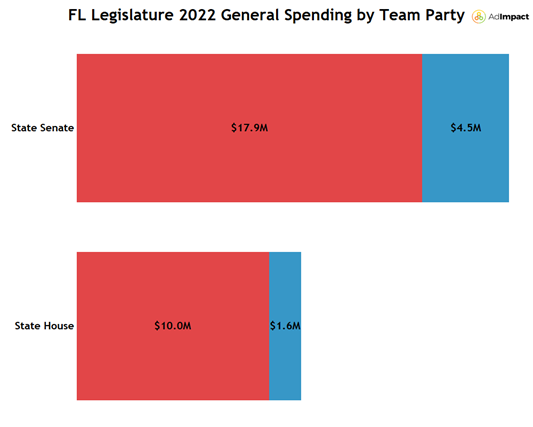
The most expensive race was FL SD-14, one of the Senate seats that flipped Republican. The FRSCC spent $4M while the Florida Democratic Legislative Campaign Committee spent $1.8M. Candidate spending combined was $358K. Other notable races in the Florida Legislature included FL SD-14 ($6.1M), FL SD-38 ($3.9M), FL SD-10 ($3.6M), and FL SD-03 ($3.3M). In all four races, the FRSCC was the top spender. Candidate expenditure was relatively low compared to group spending in both Florida State House and State Senate races.
Minnesota and Pennsylvania– Political Spending and Democrats’ Successes
Minnesota’s state legislative elections saw $9.3M spent across the state. There was spending across 31 State House districts and 22 State Senate districts. Given the competitive nature of elections in both chambers, each party invested significant expenditure. Overall, Democrats outspent Republicans: $5.8M to $3.3M.
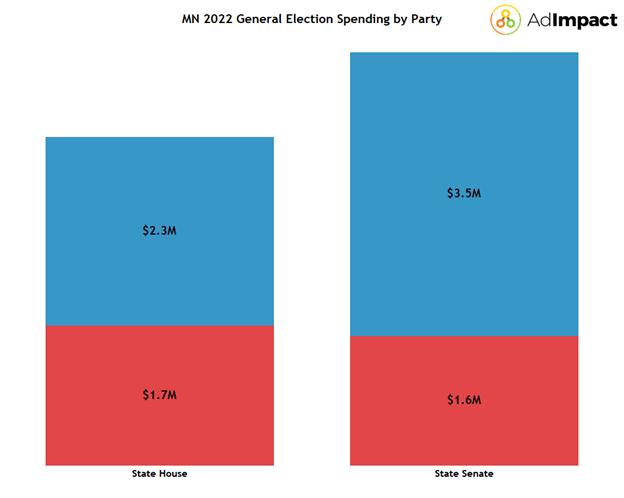
In the State House, Democrats held onto their majority by a margin of 70-64. In the State Senate, Republicans previously had a 34-33 majority. However, this year, Democrats flipped the Senate, and now hold a 34-33 majority of their own.
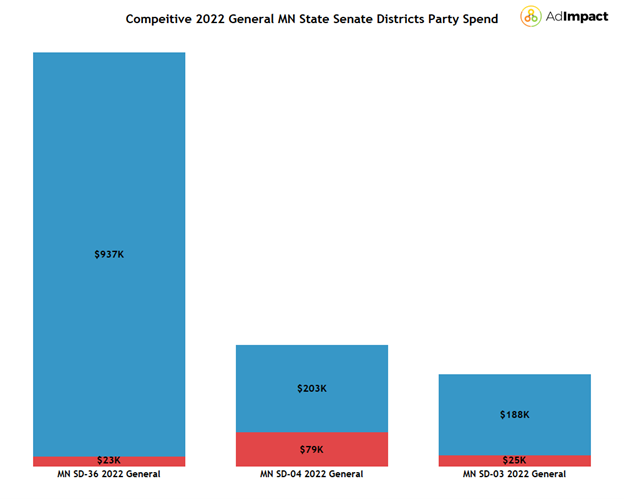
Three competitive State Senate districts saw significant spending and had close results. Democrats flipped MN SD-36, as Democrat Judy Seeberger defeated Tom Dippel 53% to 47%. Notably, only issue groups spent in the election as Democratic groups outspent Republican issue groups by a 40:1 margin. MN SD-04 was another district Republicans were hoping to flip. Just like MN SD-36, only issue groups spent in this election as well. The Minnesota Democratic Farmer Labor Party (MN DFL) was the highest spending advertiser. They spent $192K in support of Rob Kupec while Pro Jobs Majority MN, the highest Republican spender, placed $51K in support of Dan Bohmer. Kupec defeated Bohmer 52%-46%, preventing a Republican flip in this Trump-leaning seat.
Another Minnesota seat Republicans were hoping to flip was MN SD-03. In the district, Democrats outspent Republicans by a margin of 7:1. The MN DFL spent $168K supporting (D) Grant Hauschild while Advance Minnesota spent $19K supporting Republican Andrea Zupancich. The only candidate spending was from Hauschild, who spent $16K. Hauschild won the seat by 704 votes.
Democrats also had tremendous success in Pennsylvania. For the first time in 14 years, the Democrats won control of the statehouse. While Democrats won the State House by two seats, Republicans held onto the State Senate by six seats, the same lead they held in 2020. There was $27M spent in Pennsylvania across 152 Statehouse and State Senate races. $18M was spent on the State House and $9M on the State Senate. Democrats outspent Republicans in State House spending 2-1, but Republicans held a 2-1 advantage in the State Senate.
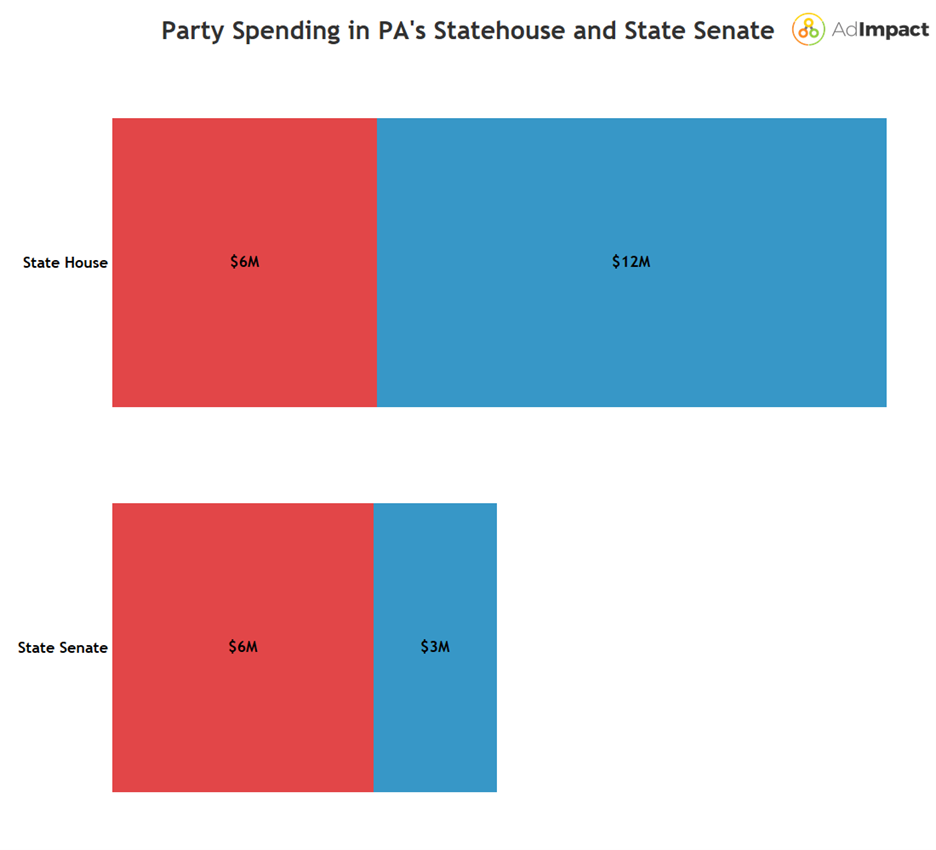
Six Pennsylvania State House elections saw at least $1M: PA HD-82 ($1.6M), PA HD-72 ($1.5M), PA HD-118 ($1.3M), PA HD-30 ($1.2M), PA HD-168 ($1M), and PA HD-107 ($1M). Of the six elections, Republicans only won PA HD-107. PA HD-82 became competitive this cycle following redistricting. In 2020, the Republican candidate ran unopposed. In 2022, Democratic candidate Paul Takac spent $700K and issue group, Pennsylvania Fund for Change, spent $826K. Together, this gave Democrats a $1.5M to $108K spending advantage in a district that would end up flipping to the Democrats.
The advertisers that spent the most money on Pennsylvania's State Legislative races were the PA House Democratic Campaign Committee with $2.8M and Pennsylvania Fund for Change $1.2M. Both groups supported Democratic candidates across the State House. State House Republicans also received some support from issue groups, but not to the extent that Democratic issue groups provided. The Chamber of Business and Industry spent $587K, Commonwealth Leaders Fund spent $345K and Americans for Prosperity spent $65K.
Questions about the 2020 elections and how future elections should be handled also led to an increase in Secretary of State spending in 2022. If you're interested in reading more about the spending and messaging in 2022's Secretary of State elections, check out our recently published blog.







